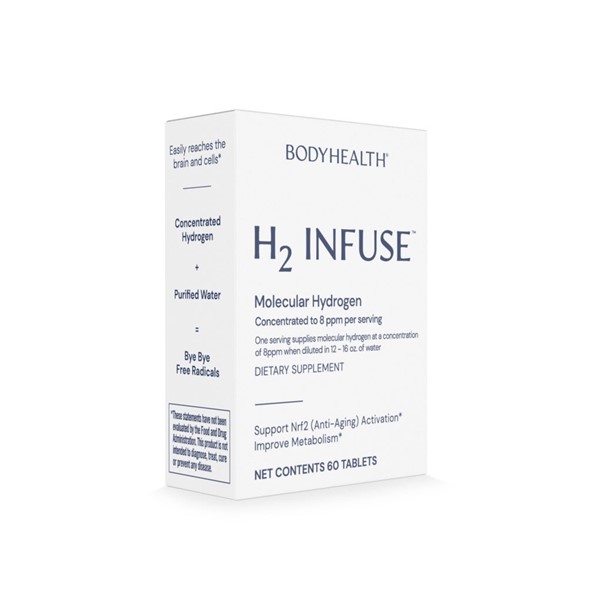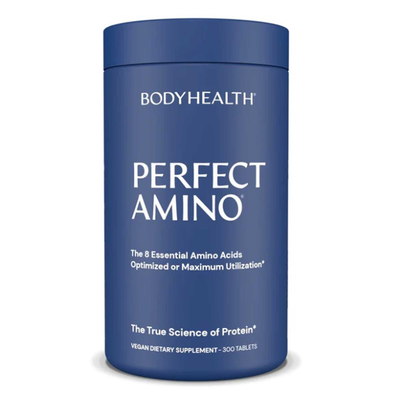Using Silica may have benefits for your:
Hair
Silica helps strengthen hair and gives it shine.
Immune system
Silica gives the immune system a boost.
Nails
Silica helps strengthen nails.
Skin
Silica helps make healthy skin by increasing moisture and resilience. Especially good for "mucky" skin conditions.
Blood vessels
Silica helps keep blood vessels healthy and elastic.
Bones/joints/cartilage
Silica is a constituent of bones and supports the formation of cartilage, helping support healthy joints.
Windpipe/lungs
Silica supports strong healthy lung tissue, for resiliance against colds and inflammation of the pharynx.
Mouth
Silica supports healthy mucous membranes and the gums.
Recipe
Refreshing Silica face mask 1.Mix 1 tablespoon of Bioavailable QSilica gel with natural yogurt or face mask into a creamy mass. 2.Apply mixture to the skin (avoiding the eyes), leave for ten minutes and then wash off. In the case of ageing skin, the facemask should be used daily over a period of two to three months. Our external appearance involuntarily betrays several facts about our internal well being. Pale and flaccid skin, dull hair with split ends and unattractive fingernails are unmistakeable signals of stress and lack of wellbeing. They can only be hidden to a certain extent by cosmetic cunning as natural beauty comes from within. Silicic acid, more widely known as silica, is a natural substance that works from within. It shows the parts of the body on which we are judged by the outside world — skin, hair and nails, in the best possible light. Patience is required as the “repair” processes may take a few months: a finger nail requires about 6 months to grow back completely, skin takes 28 days to regenerate and hair grows approximately one centimetre per month. Silicon (the active component in silica) is a mineral found in nature in the form of rocks and crystals such as quartz, opal and granite. In comparison to other trace elements, scientists were late in recognising the special function of silicon for the health of higher life forms. Silicon was identified in 1848 as an important component in plants and animals, yet it was only in 1972 that the American scientist Edith M. Carlisle discovered that it is necessary for the life of mammals, including humans. Further investigation revealed that silica promotes the formation of elastin — an important component of hair, skin and nails. Silica was shown to increase the water-binding ability and thus the moisture of tissues, enabling cells to work at optimum efficiency with increased resilience. It increases the capacity of the skin layers to bind water and leads to a tighter structure, making the skin appear fresh and feel supple. Hydration helps fine lines and wrinkles smooth out so the skin looks younger. Silica was also shown to help reduce itchiness and relieve allergic reactions. It was discovered that silica is important for internal health too. In several of professor Carlisle's studies, it was shown that silicon promoted the formation of collagen fibres and glycoaminoglycans. These components perform an active role in the formation of cartilage and building bones. Animals fed a diet low in silica showed impaired growth and development of the skull and skeleton, they were smaller and the flexibility of their leg bones was restricted (Schwarz K., et al; 1972). Studies have shown that silica's affinity to bones and joints is in its ability to accelerate the mineralization process in the bones, helping pave the way for the storage of calcium. Moreover, silicon affects the collagen and glycoaminoglycan content in bone cartilage, therefore assisting joint mobility. Collagens' presence in blood vessels and arteries makes silica a therapeutic option to help reduce the risk of arterial sclerosis (hardening).
How much silica do we need?
There is no official recommendation as to humans' silicic acid intake. A number of studies have recommended 10-40 mg of silicon per day, which is the approximate amount excreted by the body daily. Pregnant women, growing children and people with poor dietary habits have an increased silicic acid Silica — A Multi Talented Essential requirement. Our need for silica also increases as we age —the body's ability to absorb and utilise silica is reduced, while the requirement for it grows. Silicon is primarily found in wholemeal cereals and plant foods; however, even if one is on a wholesome diet, the depletion of nutrients in our soil means that foods derived from it will be deficient as well. Typical signs of silica deficiency include: pale and sickly skin, skin impurities (e.g. acne), itchy skin; dull, split hair; cracked nails; weak tendons and ligaments; increased occurrence of bone fractures; poor circulation and increased susceptibility to infections. To date, there is no known toxicity level for silica, even with high intake, as excess silica that the body cannot utilise is excreted.
Not all products are made the same
It is true that all silica products will contain the same active ingredient — the trace element silicon. But studies have shown that not all products are equally effective due to the human body's reduced ability to absorb certain types of silica, silicon dioxide for example. However, the element can be better utilised in a colloidal form, where silicon molecules are present as tiny particles finely distributed in water. New Biologically Active QSilica is a premium quality colloidal formula: a semiliquid gel that contains highly absorbable silica that can be easily utilised by the body. Its liquid form means it can be easily dissolved in teas, mineral water or mixed with yogurt, juice and smoothies or as part of a dressing or sauce. It can also be given to younger children or those that cannot swallow capsules.
Using silica gel topically
QSilica's benefits can also be observed by applying it topically. Mixing this colloidal form of silica with shampoo, spreading it on the nails or as a day cream, mask or ointment, or even mixing it with toothpaste can ensure absorption of the mineral from the inside and the outside. Combining QSilica with exercise, clean filtered water, reducing exposure to nicotine and alcohol, sufficient sleep and proper nutrition may help produce even better visible results.
Changes in hair, skin and nails through internal and external use of colloidal silicic acid (Lassus A.; 1993; Study 1) Biologically Active QSilica is a 100% vegan, 100% biologically active colloidal silica formula to help strengthen and support connective tissue, skin, hair, nails, bones and teeth. QSilica Colloidal Gel — easy to use inside and out QSilica Calcium Capsules — a synergistic formula of QSilica with calcium, magnesium, vitamins D and K for bone health QSilica Capsules — convenient and travel-ready (Originally published in Health & Herbal News Magazine Volume 17, Issue 2)




